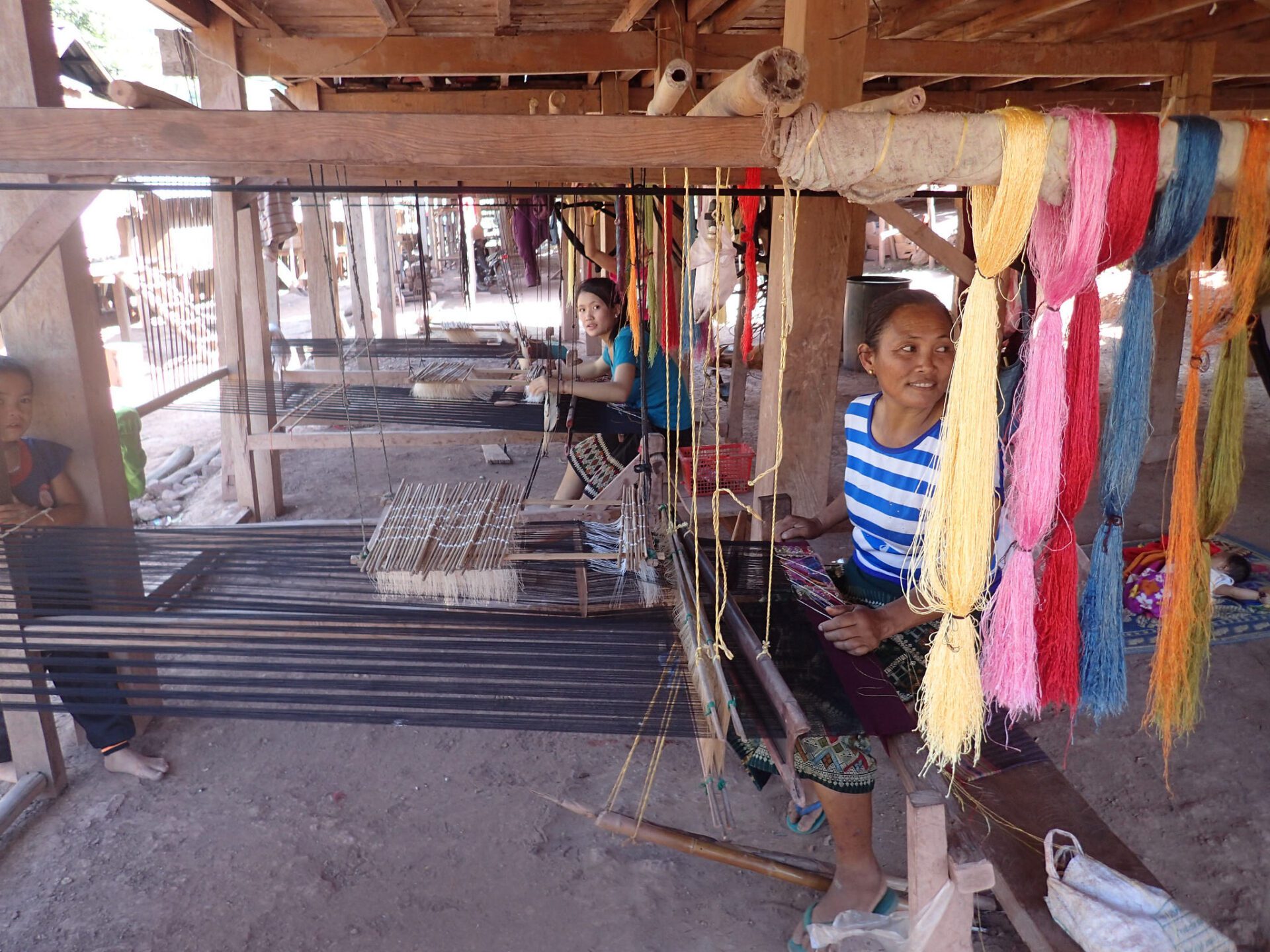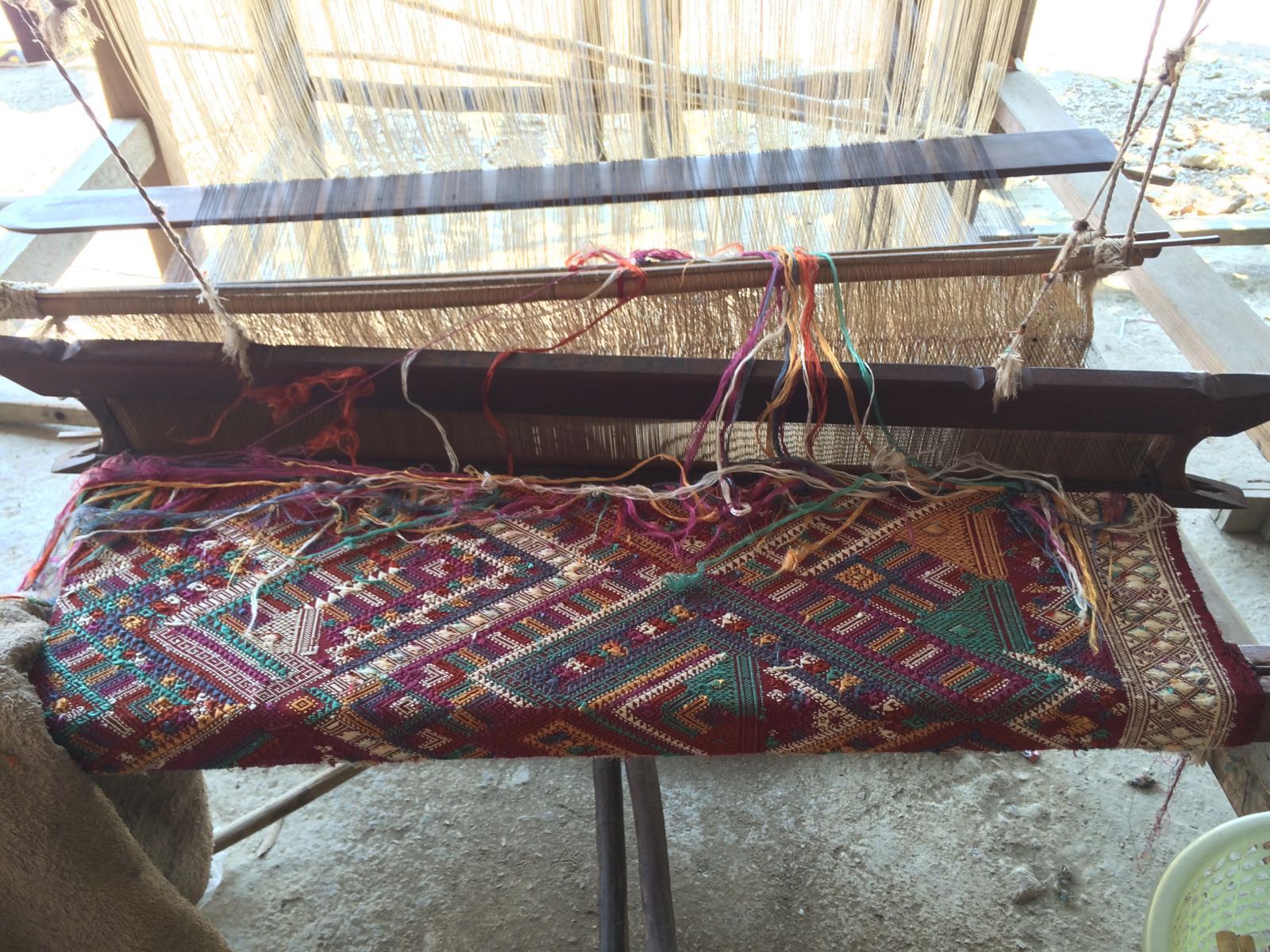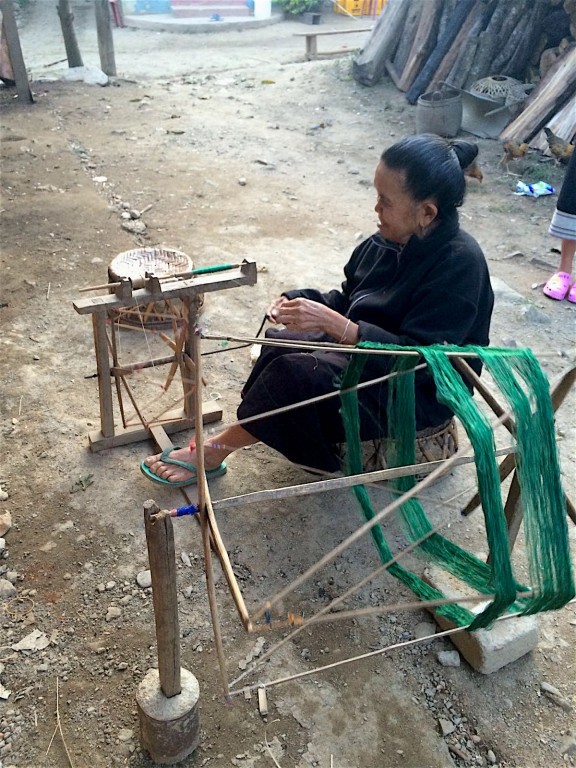Friday June 10, 2016

Earning money to support family expenses it not easy for people in Lao PDR, especially those working in farming, studying at university, or working as local government staff. Many Lao women have traditionally used weaving as a way to supplement their family’s income. In the past, rural people who have grown rice have also cultivated cotton and mulberry trees, and also raised silk worms. Cotton and silk can be used to produce thread that was dyed with natural colors. Typically, people weave products for daily household use and to reduce family expenses. With the introduction of modern textile machinery, weavers have mostly stopped growing cotton to make their own thread, and now buy their threads at the market instead.

Besides family use, some local people who have a mind for small-scale business have developed hand-made weaving factories to sell textiles in both domestic and foreign markets. Silk products can be quite costly, ranging from 15,000–50,000 kip ($1.50–6) for a towel, 300,000–1,000,000 kip ($36–120) for a traditional sash, and 500,000–7,000,000 kip (about $60–850) for a modern Lao skirt (called a sin). The price of hand-made products depends on the style and pattern, and usually cotton products are much cheaper than silk products. Textile weaving is not just a job to earn a little money for the family, but is also a way to keep traditional styles, culture, and beliefs alive through hand-made products, which can also promote the country’s growing tourism industry.

